Tanzania’s Lake Natron is an Unusually Beautiful Sight to Behold
Lake Natron, a beautiful lake in Tanzania, is visited for several reasons. It has alkaline water and is inhospitable to life.
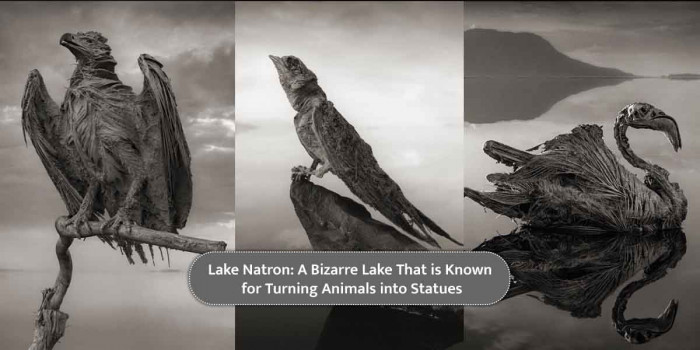
You must have visited several lakes from around the world. While several lakes are known for a beautiful view and serene atmosphere, Lake Natron in Tanzania is known for turning animals into stone. It is mostly visited by photographers who want to capture living animals turned into stone.
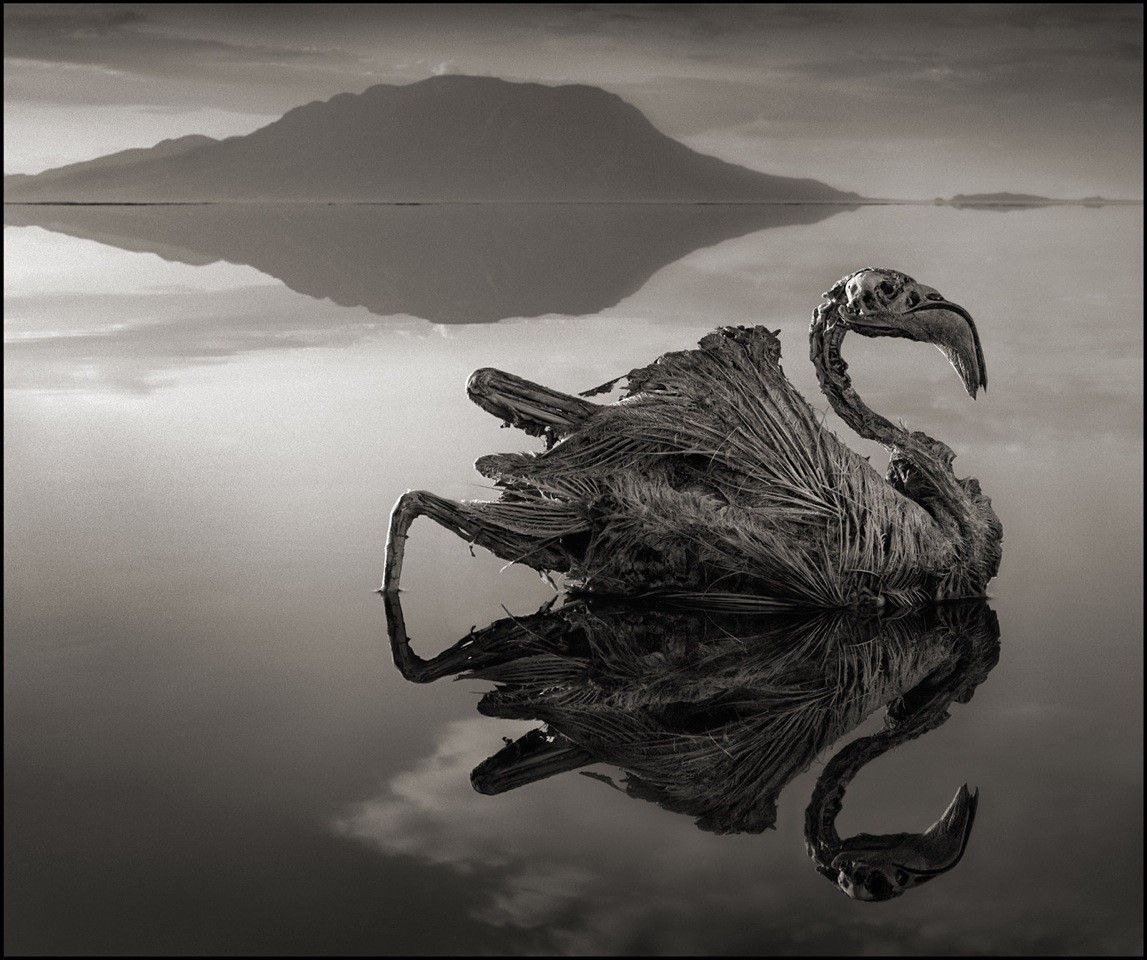
An ace photographer, Nick Brandt, said,
“When I saw those creatures for the first time alongside the lake, I was completely blown away. The idea for me, instantly, was to take portraits of them as if they were alive.”
He added,
"No one knows for certain exactly how [these animals] die, but it appears that the extreme reflective nature of the lake’s surface confuses them, causing them to crash into the lake.”
Nick also said,
“Discovering [these animals] washed up along the shoreline of Lake Natron, I thought they were extraordinary -- every last tiny detail perfectly preserved down to the tip of a bat's tongue, the minute hairs on his face. The entire fish eagle was the most surprising and revelatory find.”
He said this after he photographed at the location in 2010 and 2012. Brandt noticed that dead animals have deposits of sodium carbonate outlined on bodies that create a sharp relief. The photographs he captured looks like animals just died after coming in contact with water.
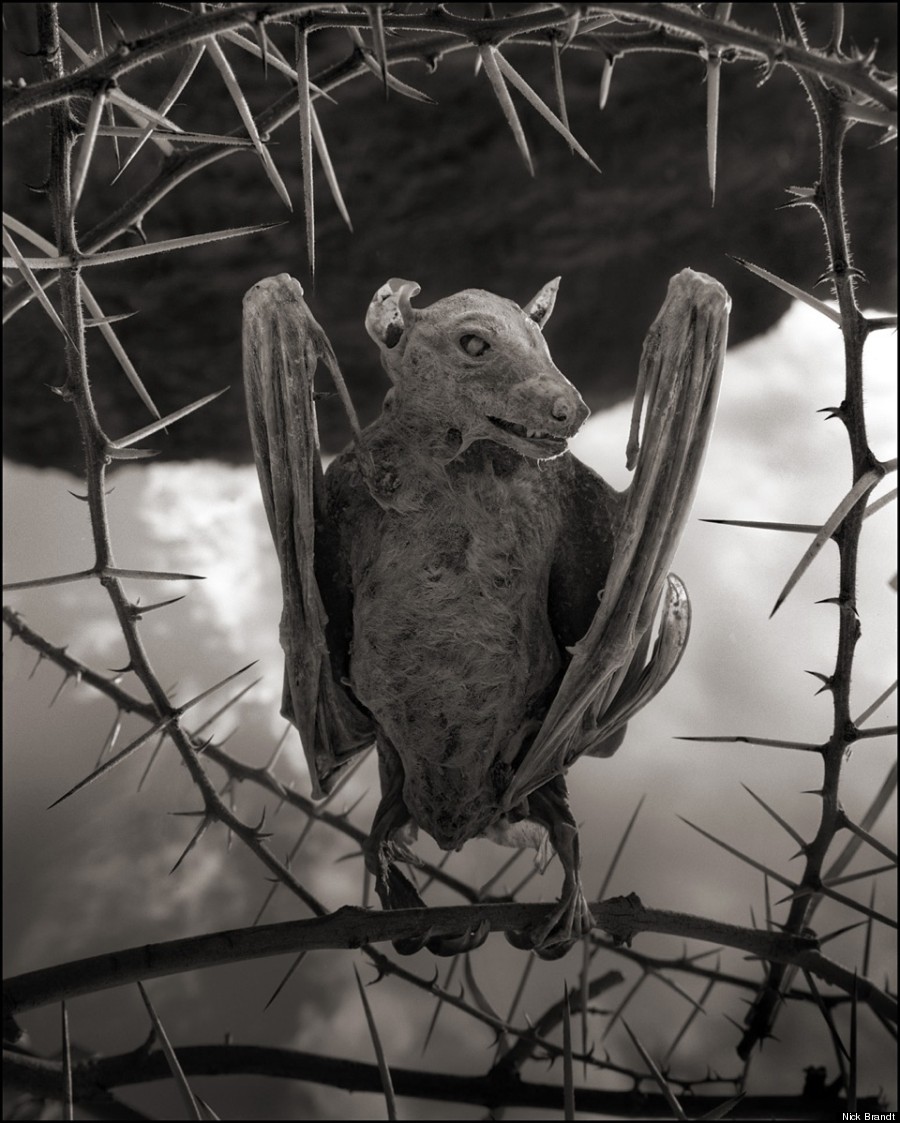
The lake is a salt lake, i.e., water flows in, but it doesn’t go out. It escapes by evaporation. As water evaporates, it leaves a high concentration of salt and other minerals behind like Utah’s Great Salt Lake.
It is extremely alkaline; therefore, the water pHs have been calculated around 10.5, as high as ammonia. During summer months, the lake evaporates and increases the sanity of the lake. Halophiles are microorganisms that live in salty conditions and use photosynthesis for making food.
Lake Natron - One of the Inhospitable Places for Fauna
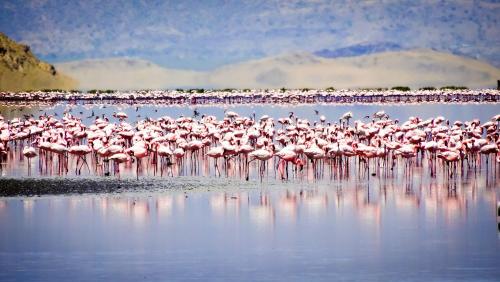
The place usually has high soaring temperatures of around 60 °C and can burn your skin. It has a red color and acts as a warning sign for everyone. The red pigment of cyanobacteria releases the red color to the lake and orange color to the shallow water of the lake. The salty crust changes with time and makes it look different every time.
It is located in the arid region, and the terminal lake is fed by small rivers and hots springs. Volcano ash from the Rift valley is collected in the basin and makes the lake water harmful for flora and fauna. It also supports the life of several invertebrates and algae. You can find different fish species like A. ndalalani, Alcolapia latilabris, and A. alcalica in the lake.
Animals that die here turn into statues after a time because of the chemicals in the lake. It has alkaline water but supports an ecosystem of flamingos and freshwater wetlands. A large group of flamingoes can be seen sitting here. The group of flamingoes is sometimes called the pink parade.
It is 57km Long and 22km Wide
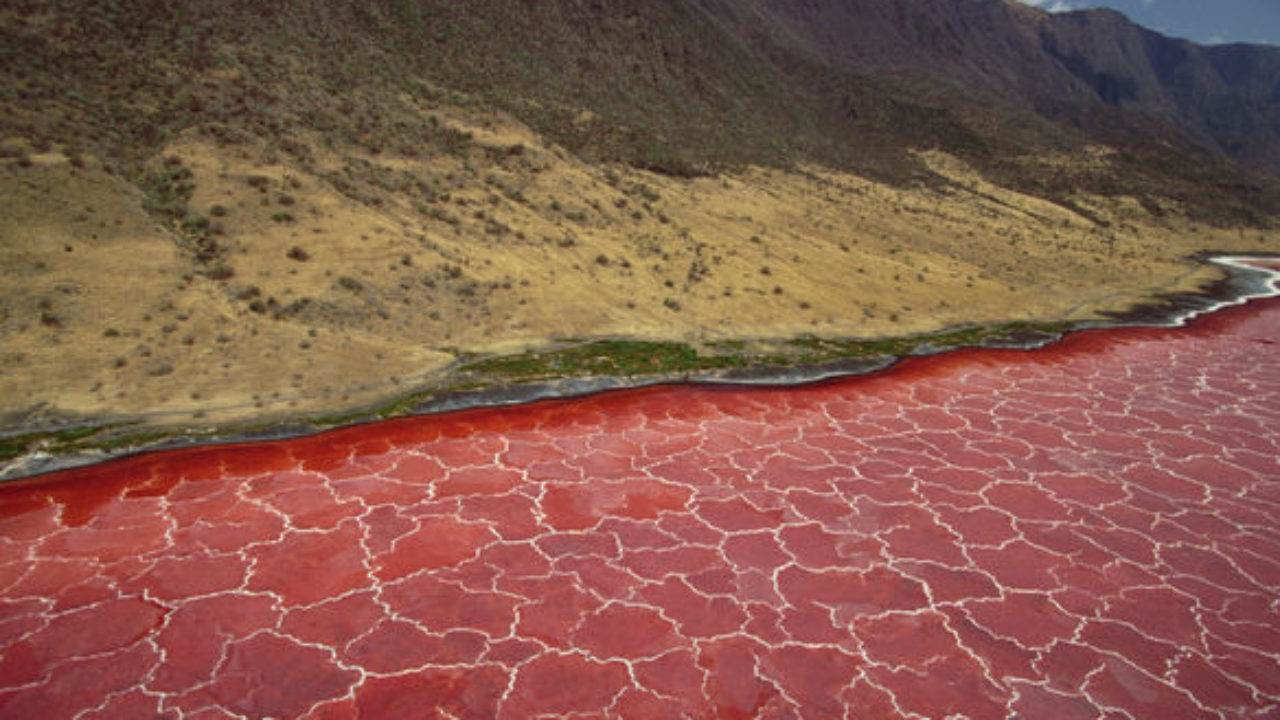
The lake is shallow and is three-four meters deep. It is over 55 km long and over 20 km wide. The place receives irregular rainfall majorly between December and May. The lavas here have a significant amount of carbonate but lower levels of magnesium and calcium. The lake is the breeding area in East Africa for flamingoes. In the slightly less saltwater, fishes can survive.
The region’s volcanism leads to Natron’s unusual chemistry. The volcano, Ol Doinyo Lengai, which is 20 km from the lake, produces mixtures of calcium carbonate salts and sodium carbonate. This mixture empties into the lake.
While some reports reveal that the animal doesn’t turn into stone and die after coming into contact with the water, others found that it is the reflective nature of the lake that trap animals to enter the lake. It has a beautiful life around. And animals don’t immediately die after they touch the lake. Those who fall are preserved by the salts and make the lake so unique.
Final Words
This lake is listed on the Ramsar List of Wetlands of International Importance and has been recognized as an important ecoregion by the World Wildlife Fund. Here are other beautiful lakes that are recognized for their beauty and mesmerizing atmosphere.
Have you ever visited Lake Natron? How was your experience - yay or nay? If you haven’t, would you plan to visit it anytime soon? Drop your comments.
Popular Posts
9 Weird Mormon Rules & Beliefs That Make Them Different from Other Communities
Mormons are from a cultural group related to Mormonism. It is the religious tradition of the latter-day saint movement of Restorationist Christianity initiated by Joseph Smith.
Augustus Perez
12 Missing People Who Disappeared Mysteriously and Later Found Alive
The news of lost people coming back to life or found alive makes for great headlines but is an emotionally wrecking experience in reality, here are some strange stories of missing people who were found alive!
Augustus Perez
Mel's Hole: The Mysterious Infinite Pit Legend Debunked
The Mel’s Hole legend was baselessNevadaand it lived for a long amount of time, maddening curious minds with what lies beneath.
Kevin Green








